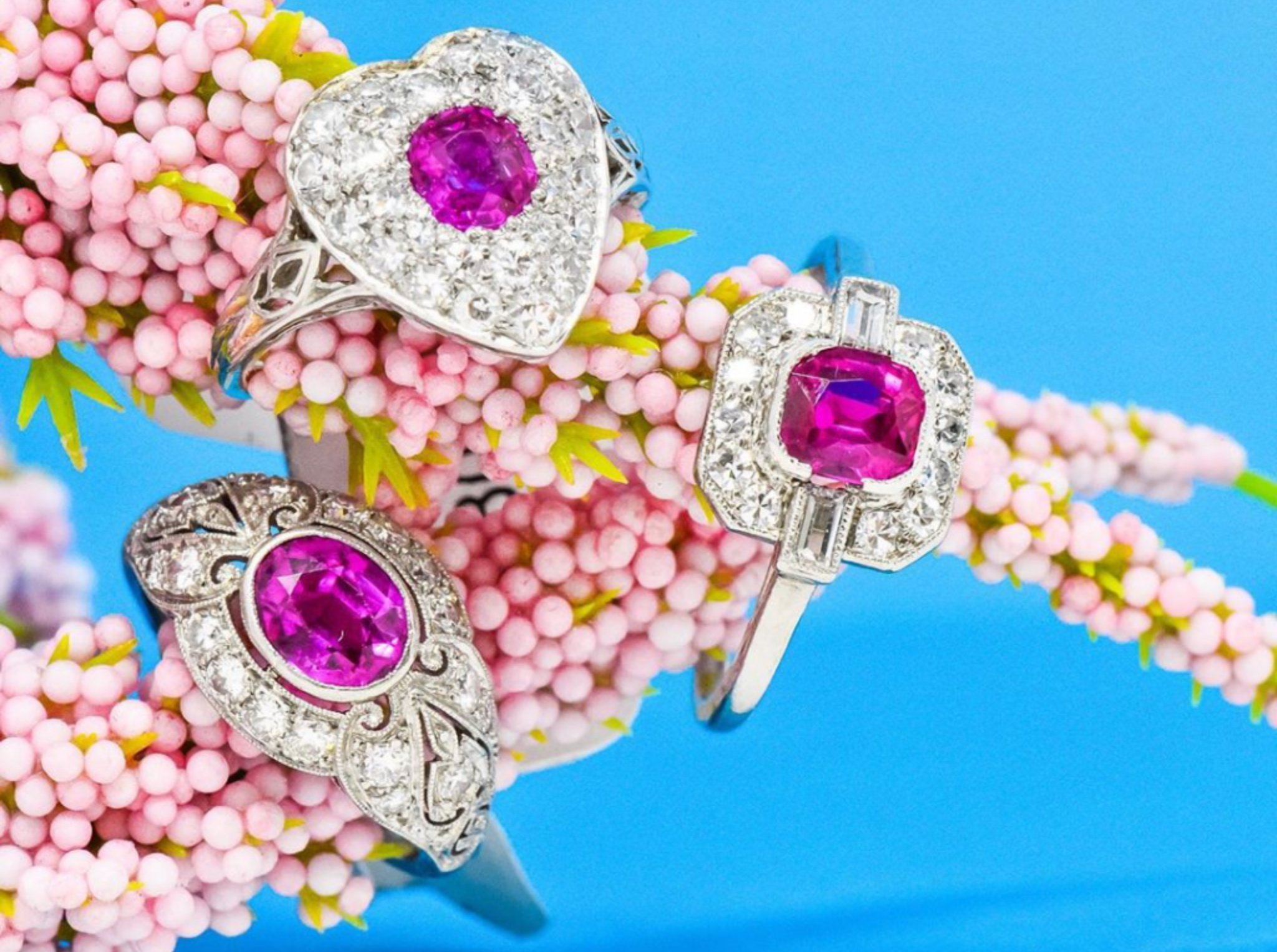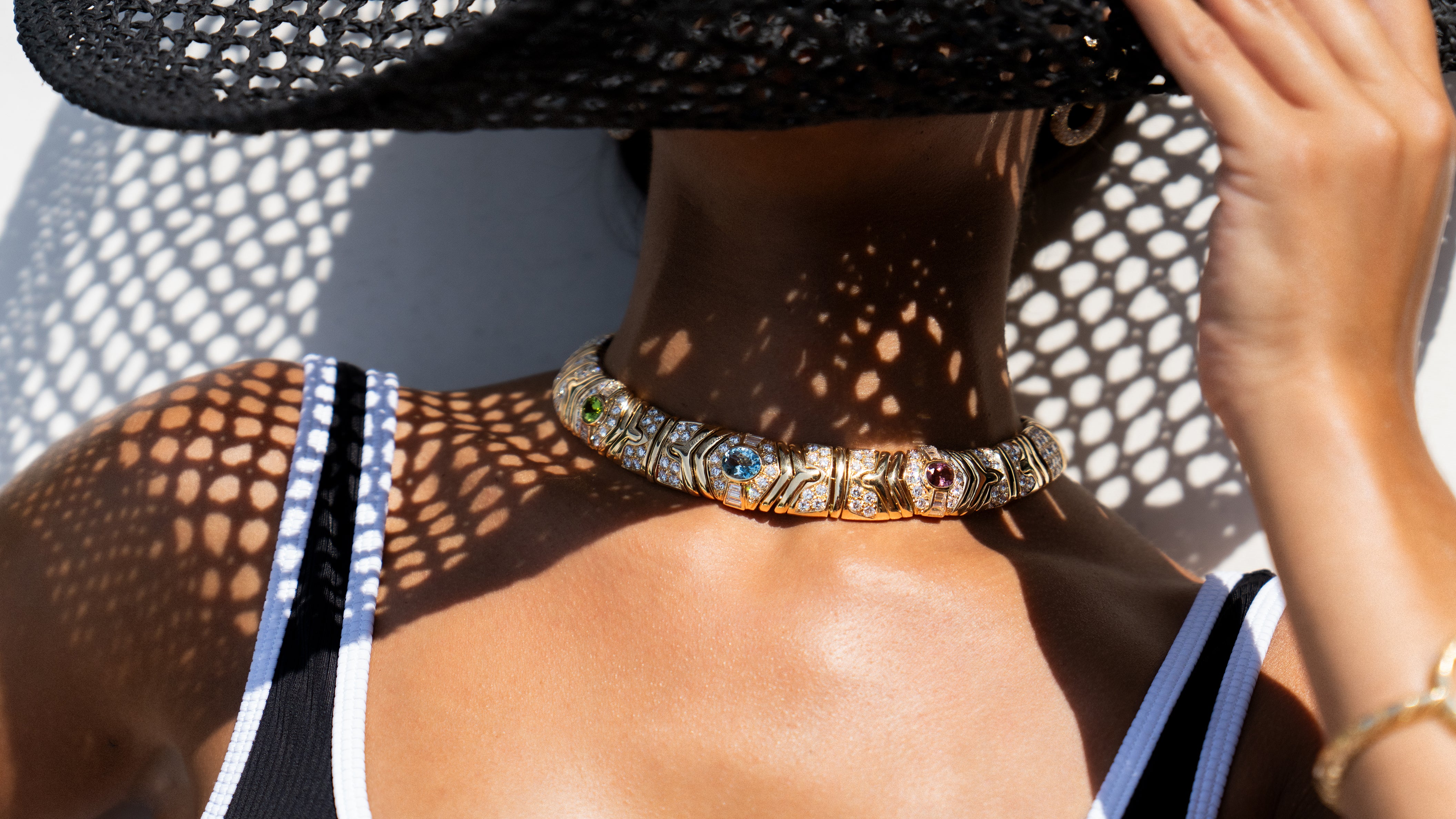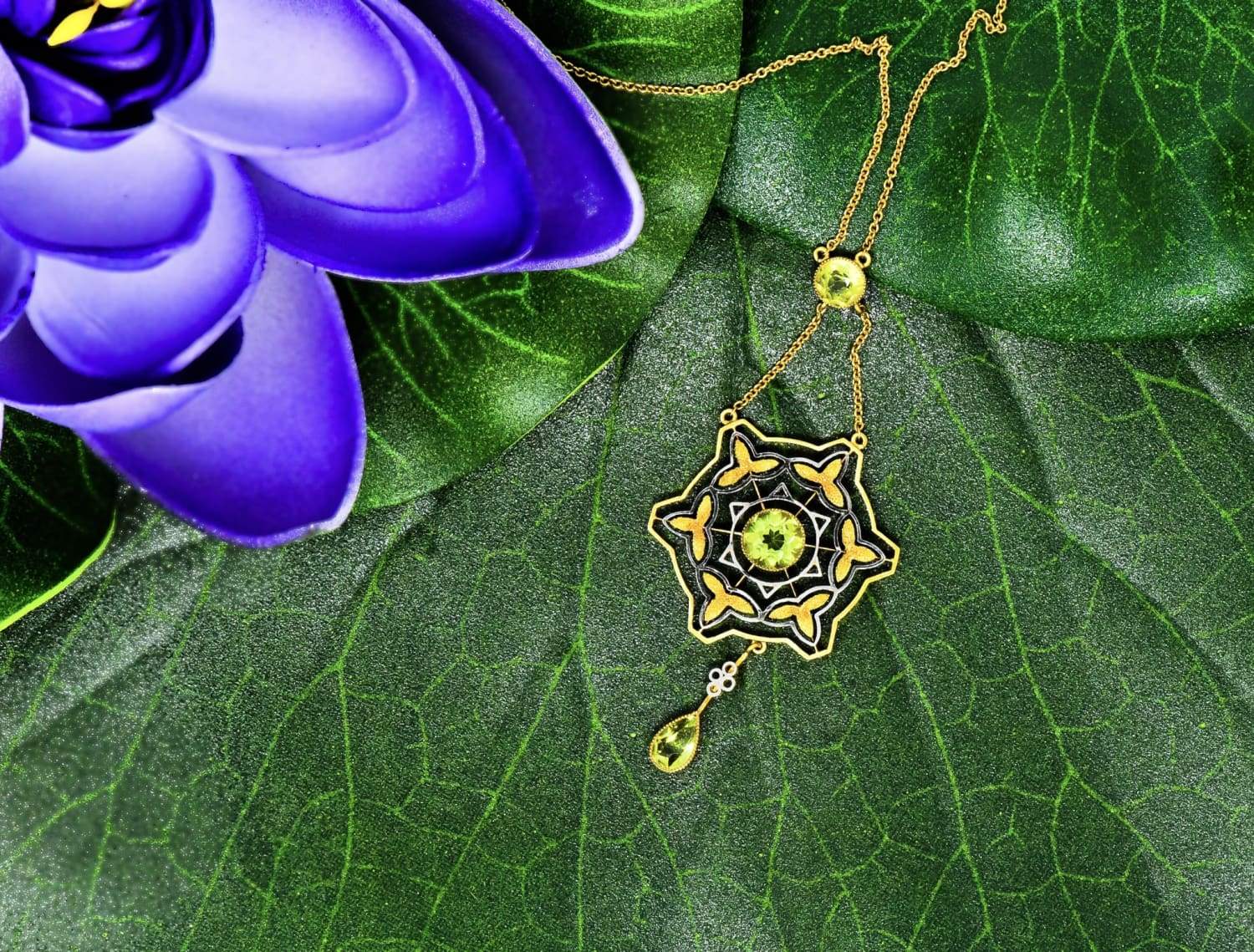
Burma Ruby Explained
The Burmese ruby is one of the most valuable variations of the corundum mineral family. Its rich saturated red coloring is fiercely passionate and a sign of power. This fiery persona has earned ruby the moniker ‘king of precious gems’ and the honor of being July’s birthstone.

Classic rubies can range from a light pinkish-red to a delectable raspberry red. The Burmese ruby, however, is a piercing bright red, sometimes referred to as “pigeon’s blood”.
All rubies owe their coloring to the element chromium and the intensity of that color depends on the amount of chromium exposure. Often, rubies will appear to display two hues, such as red with orange flashes, as you rock the stone. This is called pleochroism and is a characteristic of corundum’s crystal structure.
This illustrates the rarity of achieving a pure red color in a ruby stone, even as it’s rocked back and forth.

Gemstones of this caliber are mined from in and around the country of Myanmar (formerly Burma). Though this country grants the world remarkable examples of ruby, its deposits are unstable which adds to the rarity of what is recovered.
The color is so overwhelmingly desirable and rare that even included Burma specimens will fetch high auction prices. In fact, inclusions could be helpful to enhance appearance. The presence of natural rutile needles can give a ruby a satin-like glow.

The Burmese ruby is proof of the incredible conditions needed to form a strikingly beautiful gemstone. Its color is absolutely magical and has been revered for centuries as a talisman for strength.
Let ruby enhance your jewelry collection with it’s smoldering red radiance.
Take a look at our collection here.



Leave a comment
This site is protected by hCaptcha and the hCaptcha Privacy Policy and Terms of Service apply.